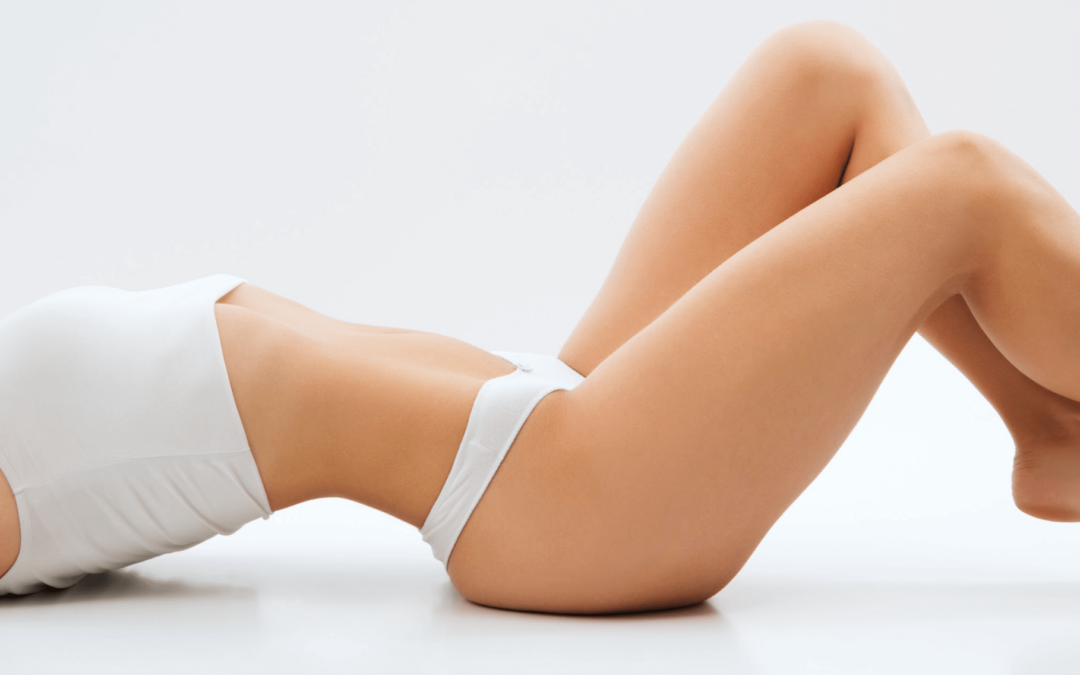More than 300 million women worldwide have had their lives affected by lipedema. In addition, a larger number of men also suffer from this condition. If you are experiencing unexplained swelling and weight gain, coupled with pain and tenderness around your hips, thighs, calves, or arms then you may be one out of nine individuals who suffer from this painful condition. Dr. Jaime Schwartz is an experienced, board-certified Beverly Hills plastic surgeon who also happens to be a lipedema expert. He has treated men and women from across the nation, giving them hope and options for treating and managing various stages of lipedema. His treatments have helped lipedema patients live as normal of a life as possible.
WHAT IS LIPEDEMA?
Commonly misdiagnosed, lipedema, also known as painful fat disorder, is a condition that is characterized by excessive fat deposits beneath the skin. The most common areas that are affected include the legs, thighs, buttocks, and sometimes the arms. This condition usually affects women, but in some instances, men have also been diagnosed with lipedema. Most cases of lipedema have reportedly developed after puberty or other major hormonal changes such as pregnancy or menopause. While not proven, it is strongly believed that genetics play a major role in this condition.
WHAT ARE THE SYMPTOMS?
There are four stages of lipedema and symptoms can vary by stage. During the onset of lipedema, the most commonly reported symptoms include abnormal deposits of fat in both legs that start at the buttocks and reach the ankles. These deposits are known to make the lower body look out of proportion with the upper body and legs tend to take on a “column-like” appearance. Bruising and tenderness are also common complaints of lipedema patients. Many patients have reported pain with movement, while being touched, or at rest. Fat pads can develop around the knees, which make walking difficult and painful. As the lipedema progresses it can affect other areas of the body, including the chest, abdomen, or arms.
HOW DO I KNOW IF I HAVE IT?
Once you schedule a consultation at our Beverly Hills plastic surgery office, Dr. Schwartz can conduct a physical examination, run some blood work, and discuss his findings with you. From there, the next steps in treating the condition can be explained, along with any potential risks and tips to aid in recovery. Dr. Schwartz offers a patient-first philosophy. His goal is to offer an effective plan for each lipedema patient so they can function normally and understand how to effectively manage their condition.
WHEN IS SURGERY NECESSARY?
If lipedema progresses beyond the third or fourth stage then surgery may be required. Once this stage has been reached the swelling is extensive and physical mobility is limited. If left untreated, lipedema can turn into lymphedema, which is life threatening. Fat cells become so enlarged they can cause blockage which slows down blood flow. The key is to treat lipedema and get it under control well before it reaches this stage.
HOW TO TREAT IT
Oftentimes, patients will be misdiagnosed by multiple doctors before finally learning their symptoms are a result of lipedema. Many physicians suggest that patients alter their diet and eat healthily or exercise to reduce symptoms, but these suggestions have little impact on the condition. Compression garments are highly recommended, but after time even those become ineffective. In addition to the physical toll that lipedema has on the body, it also takes quite an emotional toll as patients are left with feelings of frustration and despair. Luckily, there are a few tried and true methods that have been proven to help reduce the symptoms of lipedema and restore hope. Dr. Schwartz offers lipedema patients the following treatments:
Advanced water assisted lymphatic sparing liposuction
Lymphatic sparing liposuction is the main treatment that Dr. Schwartz uses to remove the lipedema fat. Special techniques are utilized to release the pressure and congestion gently while ensuring that no damage occurs to the nerves, blood vessels, and/or lymphatics. A hollow tube is placed under the skin to suction the fat tissue and fat is loosened with high-pressure water and anesthetic solutions so that it will be easier to suction out. Depending on the severity of the abnormal fat multiple sessions may be required.
Advanced lymphatic sparing body contouring
After liposuction has been completed and the fat tissue has been reduced, a surgical skin reduction may help prevent the fat from recurring. Dr. Schwartz tightens the area by removing the skin that may cause future issues down the road. A compression garment is then provided to aid in healing and recovery.
Complete Decongestive therapy
Complete decongestive therapy is a multi step approach that uses massage techniques, exercise, and compression. This procedure involves manual lymphatic drainage which is a form of massage that uses gentle movements to stimulate the lymph that are blocking healthy blood vessels. Various forms of stretching and exercise can help with mobility and compression garments are used to help prevent further fluid buildup.
HOW DO I LEARN MORE?
It’s important to know that you’re not alone in this journey to a healthier you. There is hope and Beverly Hills board-certified plastic surgeon Dr. Jaime Schwartz will work with you one-on-one to prepare a treatment plan that will get your health and well-being back on track. Dr. Schwartz is a well-known lipedema expert and many patients have traveled across the world to visit his office. While there is no known cure for this condition, new treatments in lymphatic sparing liposuction, and other advanced methods are still being discovered. Call our Beverly Hills office today to schedule a diagnostic appointment with Dr. Schwartz. The sooner you begin treatment the faster you can see results for yourself.


